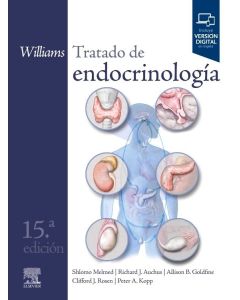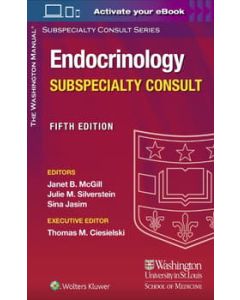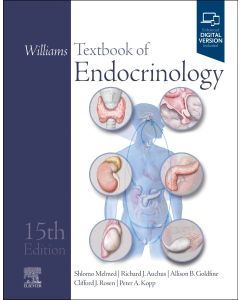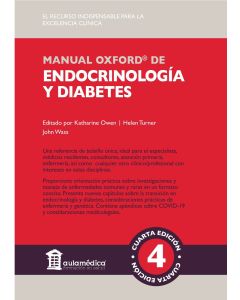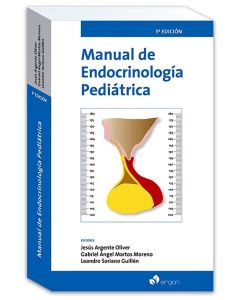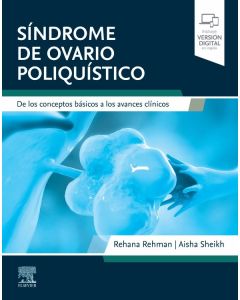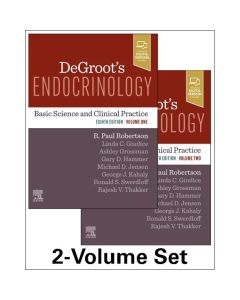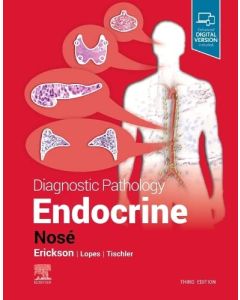Endocrine Physiology
Incluye Gastos de Importación
-
Especialidad
- Endocrinología

Preface
Chapter 1. General Principles of Endocrine Physiology
The Endocrine System: Physiologic Functions and Components
Hormone Chemistry and Mechanisms of Action
Hormone Cellular Effects
Hormone Receptors and Signal Transduction
Control of Hormone Release
Assessment of Endocrine Function
Chapter 2. The Hypothalamus and Posterior Pituitary Gland
Functional Anatomy
Hormones of the Posterior Pituitary
Chapter 3. Anterior Pituitary Gland
Functional Anatomy
Hypothalamic Control of Anterior Pituitary Hormone Release
Hormones of the Anterior Pituitary
Diseases of the Anterior Pituitary
Chapter 4. Thyroid Gland
Functional Anatomy
Regulation of Biosynthesis, Storage, and Secretion of Thyroid Hormones
Diseases of Thyroid Hormone Overproduction and Undersecretion
Evaluation of the Hypothalamic-Pituitary-Thyroid Axis
Chapter 5. Parathyroid Gland and Ca2+ and PO4? Regulation
Functional Anatomy
Parathyroid Hormone Biosynthesis and Transport
Parathyroid Hormone Target Organs and Physiologic Effects
Calcium Homeostasis
Phosphate Homeostasis
Diseases of Parathyroid Hormone Production
Chapter 6. Adrenal Gland
Functional Anatomy and Zonation
Hormones of the Adrenal Cortex
Hormones of the Adrenal Medulla
Chapter 7. Endocrine Pancreas
Functional Anatomy
Pancreatic Hormones
Diseases Associated with Pancreatic Hormones
Complications of Diabetes
Chapter 8. Male Reproductive System
Functional Anatomy
Gonadotropin Regulation of Gonadal Function
Gonadal Function
Physiologic Effects of Androgens at Target Organs
Neuroendocrine and Vascular Control of Erection and Ejaculation
Diseases of Testosterone Excess or Deficiency
Chapter 9. Female Reproductive System
Functional Anatomy
Gonadotropin Regulation of Ovarian Function
Ovarian Hormone Synthesis
Ovarian Cycle
Endometrial Cycle
Physiologic Effects of Ovarian Hormones
Age-Related Changes in the Female Reproductive System
Contraception and the Female Reproductive Tract
Diseases of Overproduction and Undersecretion of Ovarian Hormones
Chapter 10. Endocrine Integration of Energy and Electrolyte Balance
Neuroendocrine Regulation of Energy Storage, Mobilization, and Utilization
Endocrine Functions of Adipose Tissue
Electrolyte Balance
Neuroendocrine Regulation of the Stress Response
Appendix. Normal Values of Metabolic Parameters and Tests of Endocrine Function
Table A. Plasma and serum values
Table B. Urinary levels
Answers to Study Questions
Index

